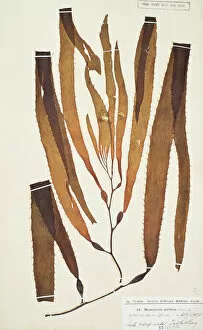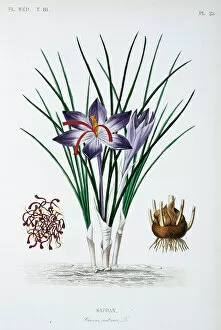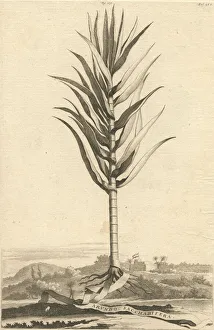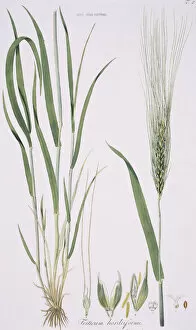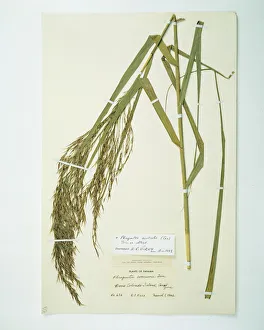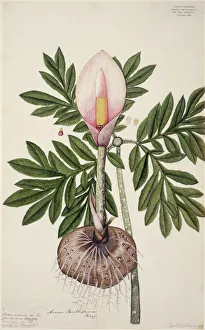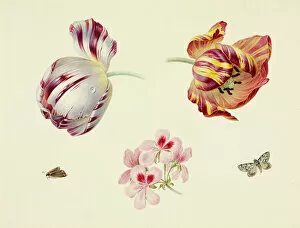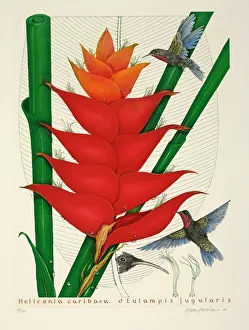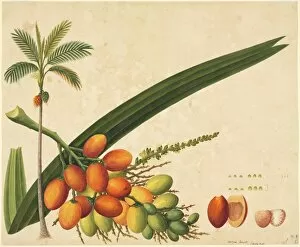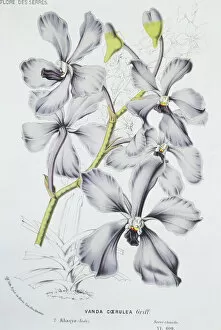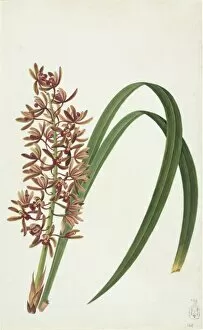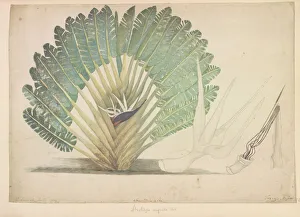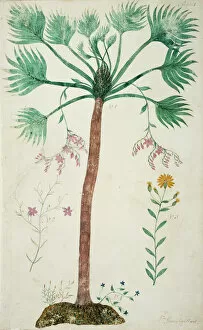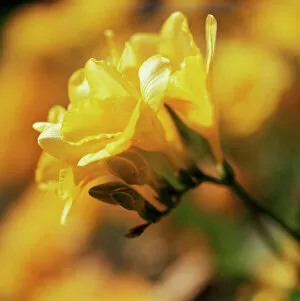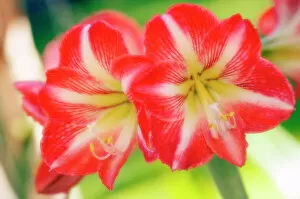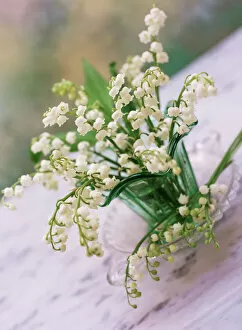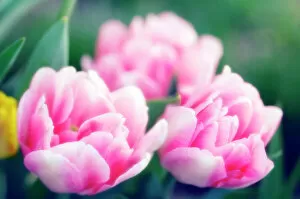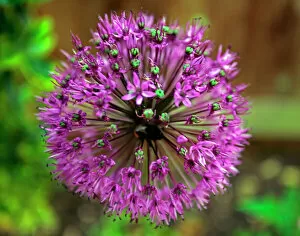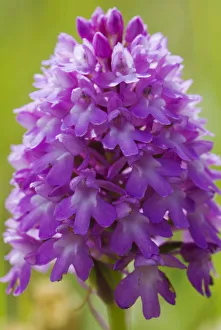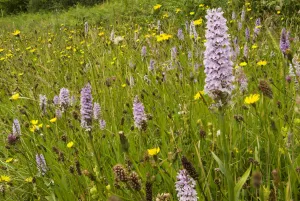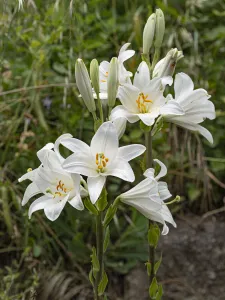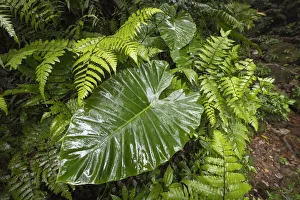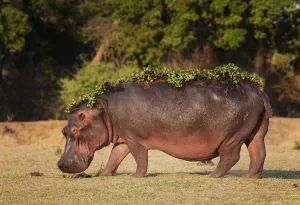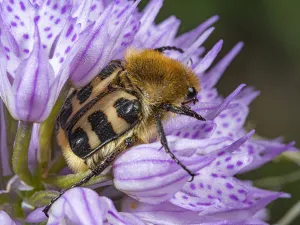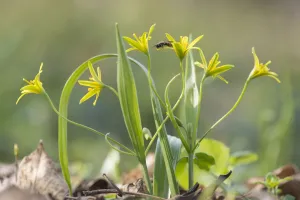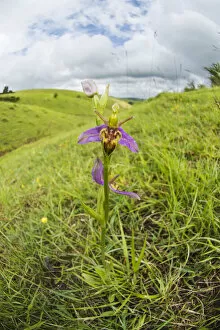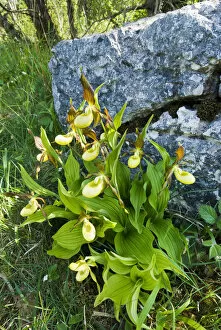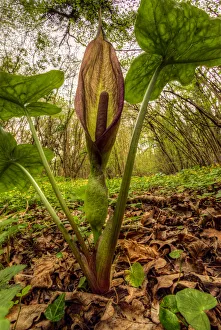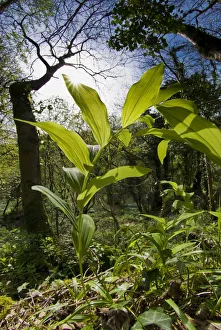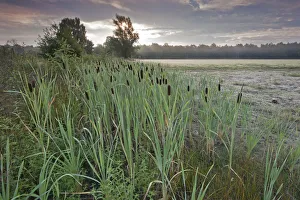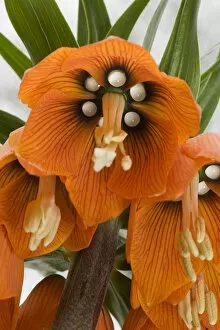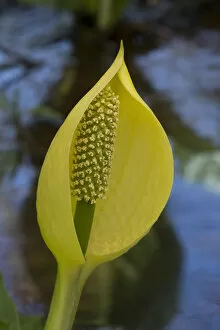Monocotyledon Collection (page 2)
Monocotyledons, also known as monocots, encompass a diverse group of plants that exhibit unique characteristics
All Professionally Made to Order for Quick Shipping
Monocotyledons, also known as monocots, encompass a diverse group of plants that exhibit unique characteristics. One such example is Narcissus tazetta, commonly referred to as the tazetta daffodil. With its delicate white petals and vibrant yellow center, this flower adds a touch of elegance to any garden. Livistona humilis, or the sand palm, thrives in sandy coastal regions and showcases its resilience with its fan-shaped leaves. Its ability to withstand harsh conditions makes it a popular choice for landscaping projects near beaches. Elaeis guineensis Jacq. , better known as the African oil palm, holds great economic significance due to its fruit's high oil content. This versatile plant plays a vital role in various industries ranging from food production to cosmetics. Strelitzea sp. , commonly called the bird of paradise flower, captivates onlookers with its striking orange and blue petals resembling an exotic bird in flight. Native to South Africa, this tropical beauty brings a touch of paradise wherever it blooms. Snowdrop (Galanthus Sp. ) single flower emerges amidst snowy landscapes in Buckinghamshire, England during February. These delicate white blossoms symbolize hope and renewal as they brave the winter chill. Bluebells (Hyacinthoides non-scripta) create enchanting carpets on Eype Down while Colmers Hill stands majestically in the background. The sight of these vibrant blue flowers heralds springtime's arrival and fills the air with their sweet fragrance. Macrozamia communis or burrawang palm boasts robust fronds that add texture and depth to any landscape design. Indigenous to Australia, this ancient plant has survived for millions of years thanks to its adaptability. Flame lily (Gloriosa sp. ) dazzles with fiery red-orange petals delicately curled like flames dancing in the wind. This captivating vine represents passion and beauty, making it a popular choice for gardens and floral arrangements.

